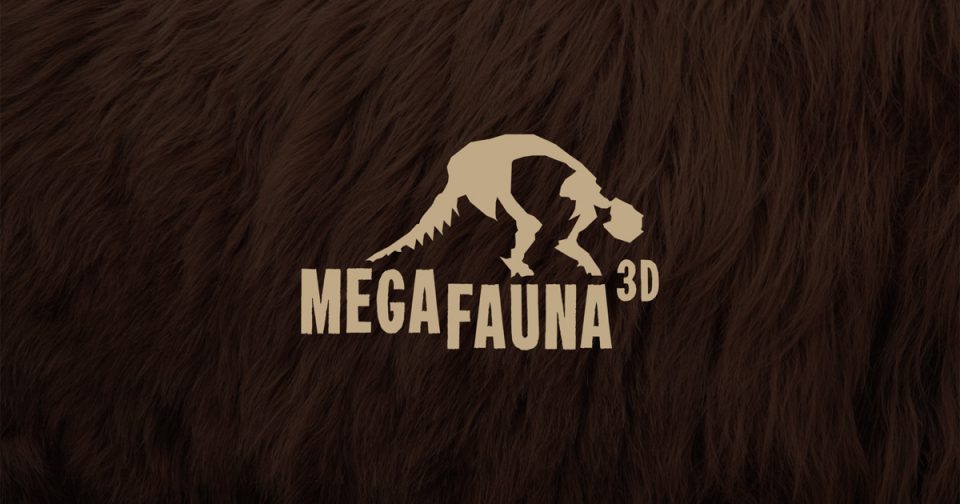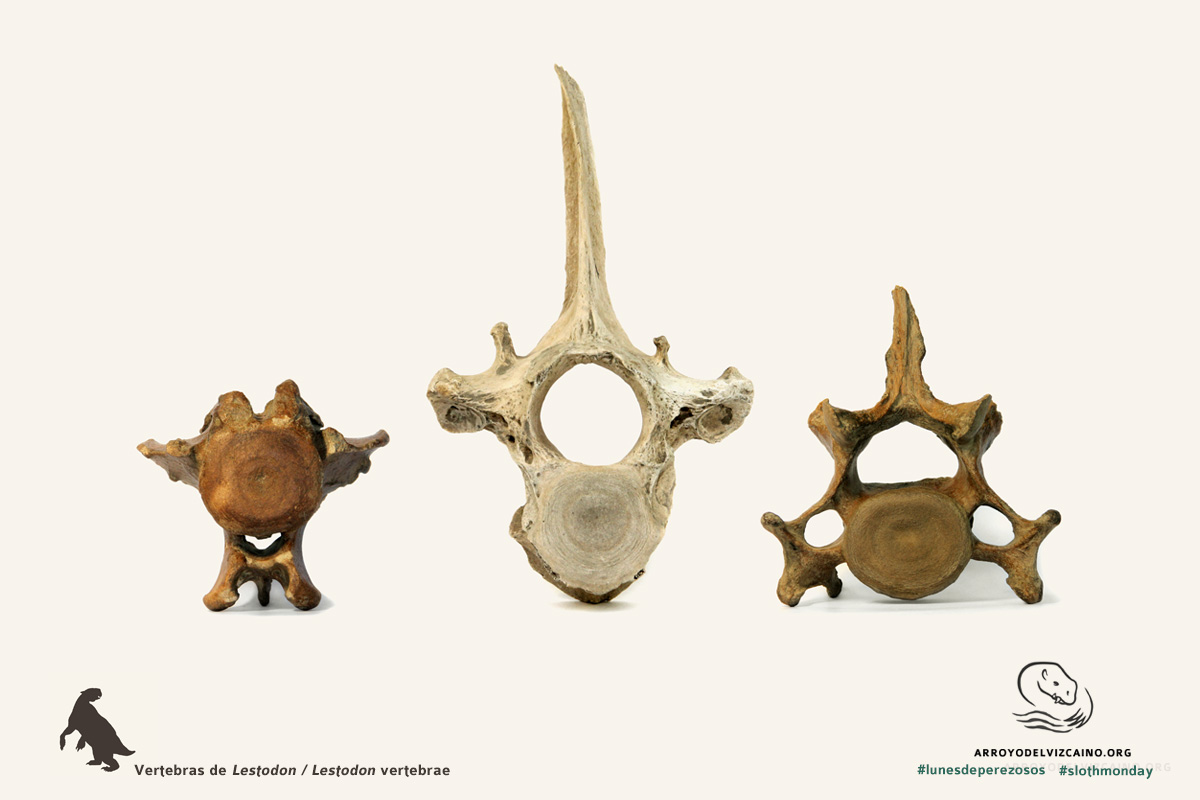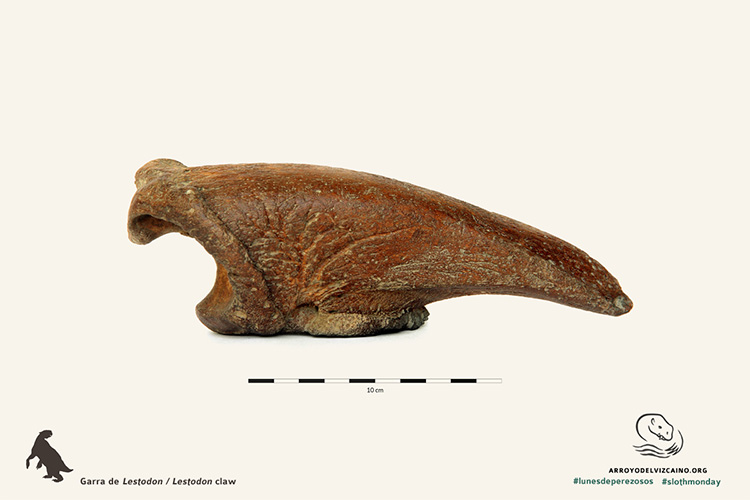
Our new project: megafauna3d.org
Join us to discover the fossils of the animals that lived in South America 10,000 years ago. Giant sloths, saber-toothed tigers, glyptodonts and many other prehistoric mammals.
Megafauna 3D is an online platform that invites you to discover the giant mammals that inhabited South America thousands of years ago. It is a fossil digitization initiative, a collection of 3D models and a series of didactic and interactive activities based in paleontology. Some of the animals found in this site are a few giant sloths, a saber-toothed tiger and some glyptodonts, who are relatives of the living armadillos. All these animals inhabited Uruguay and the rest of South America during the Pleistocene, even living alongside humans.
Created in Montevideo, Uruguay, this project involves paleontologists, designers and programmers and will grow over time, by adding new 3D models to the collection. The scans and 3D reconstructions were done by paleontologists from Facultad de Ciencias, UdelaR. The tridimensional models have been scanned from specimens found in Uruguay, belonging to the fossil collections of “Arroyo del Vizcaíno” (Canelones), “Museo Paleontológico Armando Calcaterra” (Colonia), “Museo Paleontológico de Dolores” (Soriano) and “Museo de Historia Natural Dr. Carlos A. Torres de la Llosa” (Montevideo).
Megafauna 3D is an initiative by the Paleobiology Lab at Facultad de Ciencias, Universidad de la República (Fcien), and has the financial support of the Agencia Nacional de Investigación e Innovación (ANII).

The vertebrae of xenathrans
Sloths are classified in the superorder Xenarthra, a group of placental mammals that also includes armadillos and anteaters. Among their varied anatomical peculiarities, their vertebra have extra intervertebral joints that give name to the whole group (Xenarthra means strange joints). Those strange joints are found specifically in the lumbar and last thoracic vertebrae.
In mammals, the vertebrae articulate to each other with two pair (one anterior and one posterior) joints in the processes called zygapophyses, which help in the stability of the backbone. However, xenarthrans have at least two pairs of those intervertebral joints.
It is likely that the first xenarthrans were powerful diggers, such as armadillos are today, and those joints must have evolved to give the backbone even more stability.

What is a sloth?
Sloths are a group of mammals that nowadays live hanging from the trees and move really slow. However, this was not always the case; more than 10,000 years ago there were, in vast regions of the Americas, several species of sloths that reached body masses of about 5 tonnes. These animals were not slow at all and they definitely did not sleep on trees.
But, what do they have in common, then? The easiest thing to see is the really big claws they have in all four limbs, which were also a feature of the giant sloths. And if we look at their teeth, we will find they have no incisives nor true canines.
Follow us later on for another #slothmonday to learn about the unique vertebrae these animals had and about their unusual locomotion styles.
New publication: Fariña 2015. Bone Surface Modifications, Reasonable Certainty, and Human Antiquity in the Americas: The Case of the Arroyo Del Vizcaíno Site.
Read the article here.
Richard Fariña at the IV Congreso del Futuro, in Chile: La encrucijada del planeta. ¿Enfrentamos una sexta extinción? January 17, 2015.
[youtube]https://www.youtube.com/watch?v=7fXpSrTL1No[/youtube]


